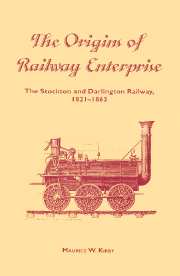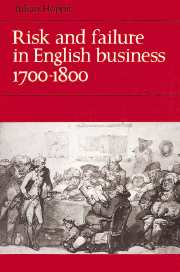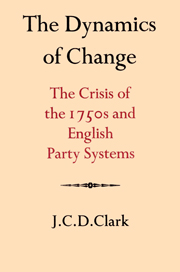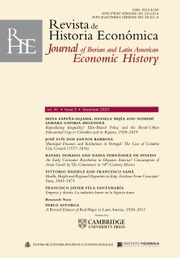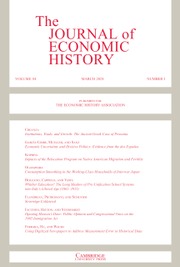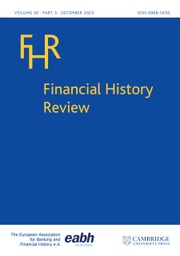Sir Robert Clayton and the Origins of English Deposit Banking 1658–1685
Based upon the most extensive early banking archive known to survive, this book is the first major study of Stuart banking since R. D. Richards's The Early History of Banking in England (1928). It traces the origins and growth of banking from the late sixteenth century to the 1720s through two generations of a scriveners' bank established in 1638 by Robert Abbott, and perpetuated by his nephew, Robert Clayton, and John Morris. With deposits from landowners' rents and stock sales these bankers practised as moneylenders and money-brokers for another sector of the gentry needing capital to offset the effects of the Great Rebellion and an agricultural depression. After 1660 Clayton and Morris integrated mortgage security into banking practice. This study examines the elaborate stages of land assessment and legal change which enabled bankers to offer large-scale, long-term securities to their clients, a pattern followed later by other banks such as Childs, Hoares, Martins and Coutts.
Product details
August 2002Paperback
9780521521307
272 pages
229 × 154 × 19 mm
0.442kg
Available
Table of Contents
- Introduction
- 1. English banking in historical perspective
- 2. The master scrivener and his apprentices, 1610–58
- 3. The scriveners' bank
- 4. The records of early banking
- 5. law, practice and profits of the early banking mortgage
- 6. The new land assessment: from the terrier to the estate particular
- 7. The management of mortgaged estates
- 8. The aftermath of Restoration banking
- Appendices
- Index.


